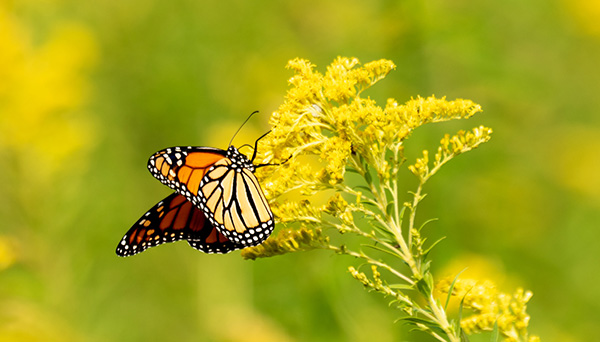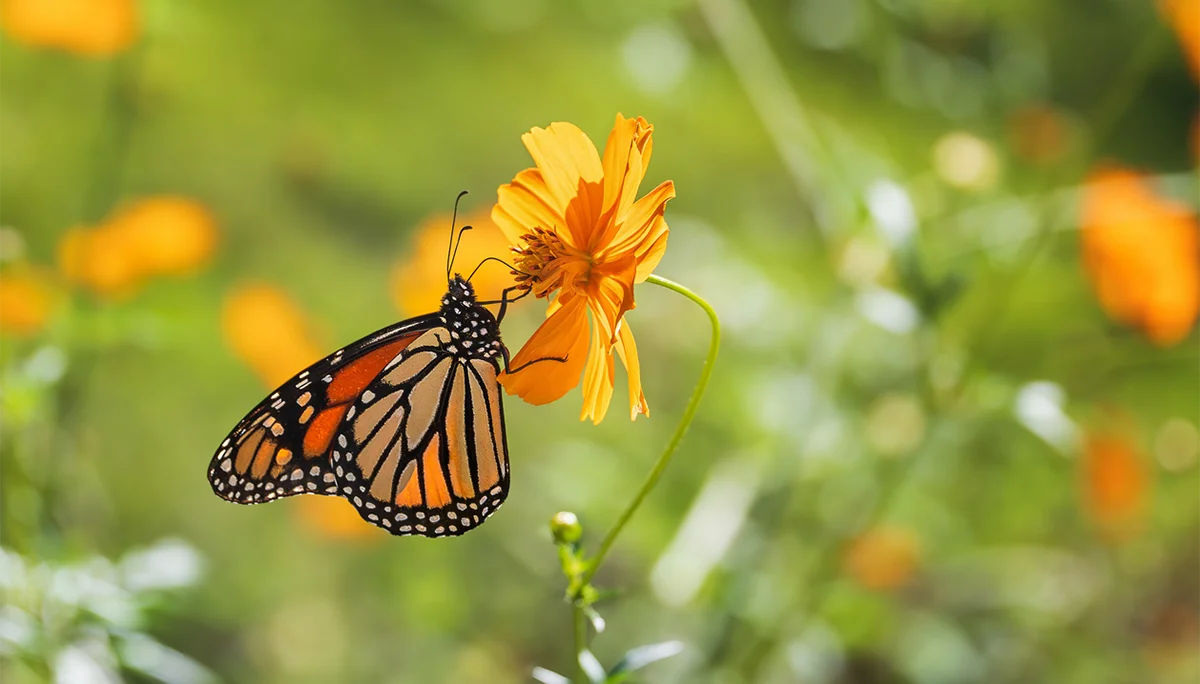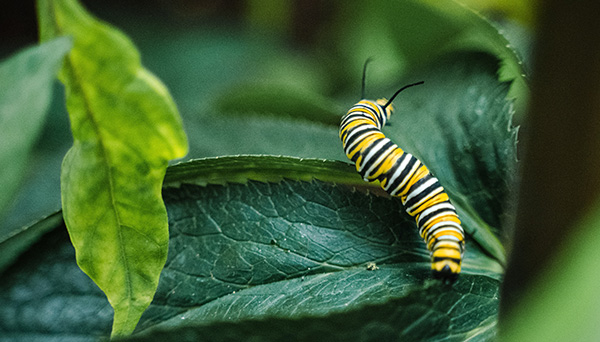Conserving the Monarch Butterfly and Promoting Sustainable Livelihoods
Status: Completed
Operational Plan: 2009
The objective of this project is to support and facilitate ongoing implementation of the North American Monarch Conservation Plan (NAMCP). The fundamental goal of the NAMCP is to maintain healthy monarch populations and intact habitats throughout the migration flyway in North America. This effort is supported by a trilateral monarch butterfly protected-area network, monitoring efforts along the flyway in Mexico, the United States, and Canada, and where possible sustainable development activities that support the use of market forces to promote conservation of over-wintering and flyway habitat, supporting improved livelihoods in conjunction with local communities.
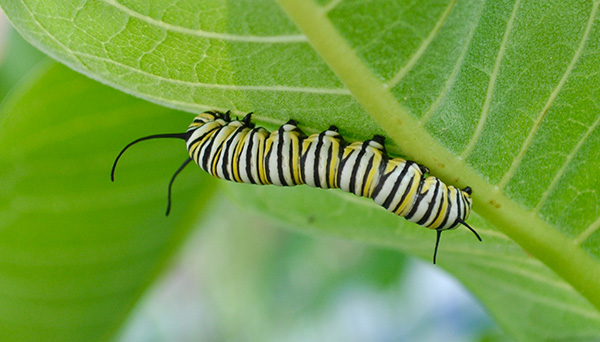
Background
The development of the North American Monarch Conservation Plan was initiated in December 2006 at the Monarch Flyway Conservation Workshop in Mission, Texas, and further developed at the March 2007 Foro Regional Mariposa Monarca in Morelia, Mexico. This initiative—endorsed by the Trilateral Committee for Wildlife and Ecosystem Conservation and Management in 2007—is focused on conservation of the monarch butterfly and its migratory phenomenon throughout the trinational flyway.
Rational
The monarch butterfly (Danaus plexippus), along with its migratory pattern unparalleled in nature, is an iconic species with considerable trinational significance—emblematic of the interdependence of North American ecosystems. The exceptional monarch migration phenomenon has attracted significant conservation effort and scientific attention, and was inscribed in 1983 on the IUCN Red List of Endangered Species. In July 2008, the UNESCO World Heritage Committee recognized the montane protected areas in Mexico, comprising the over-wintering sites of the monarch butterfly, as a World Heritage Site for precisely the same reasons—joining a distinctive list of 174 natural sites around the world of outstanding universal value.
Key Activities
Based on the priority actions identified in the North American Monarch Conservation Plan (NAMCP),3 key activities and outputs for 2009 are as proposed below.
- Analysis completed of existing (and past) projects in the area of the overwintering reserves that demonstrate success in linking sustainable development and livelihoods improvements to biodiversity conservation.
- Subset of existing projects selected from the above analysis for further investment.
- Ongoing training in standardized monarch-monitoring techniques undertaken, following from the results of the October 2008 monitoring training workshop.
- Needs assessment and system requirements analysis conducted—to support a collaborative, online approach to sharing and integrating monarch-monitoring data throughout North America.
Note: a final decision on these tasks will be made in early 2009 once results from the socio-economic survey, the Foro Monarca, and other inputs have been assessed.
Achievements
- Increased knowledge of the socio-economic drivers affecting habitat of importance for the monarch butterfly and market-based opportunities that benefit conservation and economic development.
- Consensus developed among key stakeholders regarding the most viable existing socio-economic activities that can support both species/habitat conservation goals and improved sustainable livelihoods.
- Support for targeted monarch-monitoring training activities, as identified in the Trinational Monarch Butterfly Monitoring Workshop—October 2008.
- Increased participation of local communities in promoting local economic (sustainable development) initiatives that support conservation of critical monarch habitat.
- Improved understanding of needs and requirements to support collaborative sharing and integration of monarch-monitoring data.
Future Work
- Adoption of effective trinational strategies and programs to address monarch habitat loss and degradation.
- Healthy monarch populations and conserved habitats throughout the North American migration flyway.
Related Work
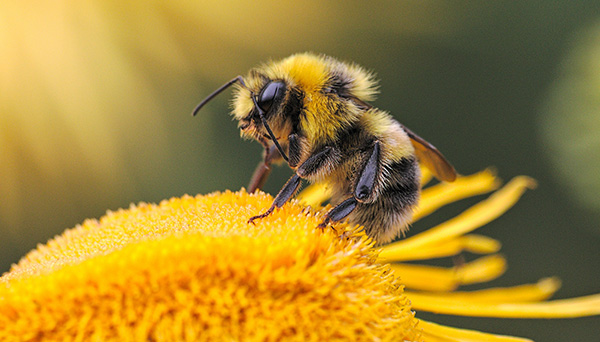
Strengthening Regional Pollinator Conservation to Secure Local Benefits
Operational Plan 2019 - 2020
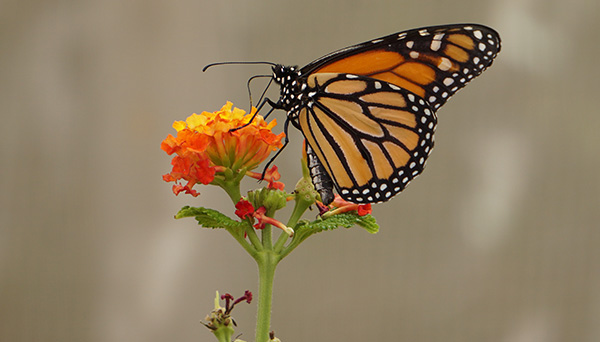
Engaging Farmers and Other Landowners to Support Monarch Butterfly and Pollinator Conservation
Operational Plan 2015 - 2016
